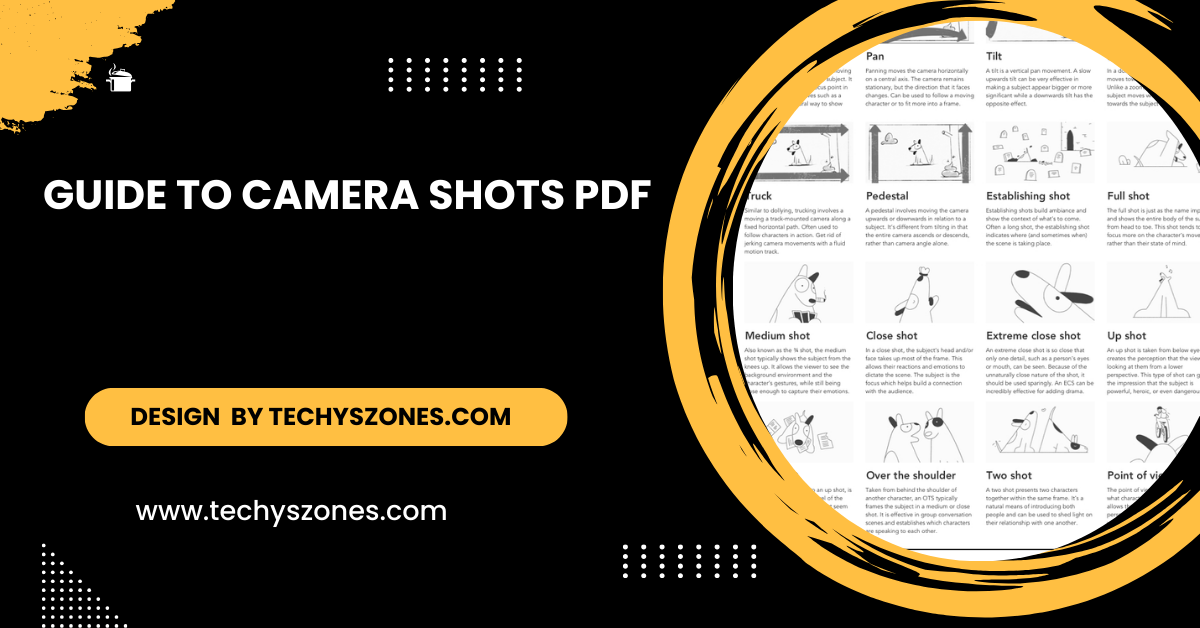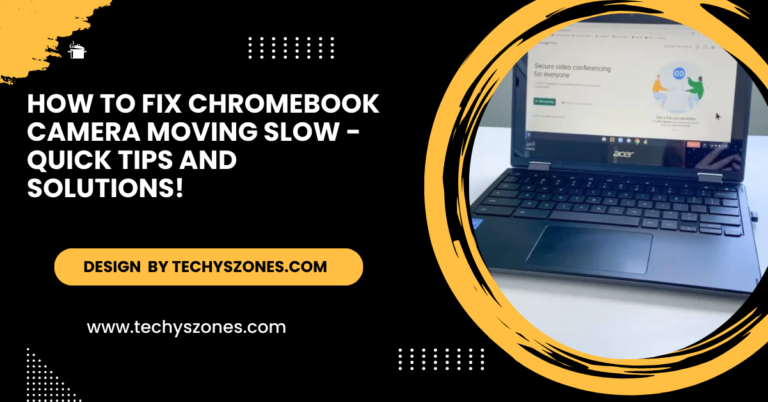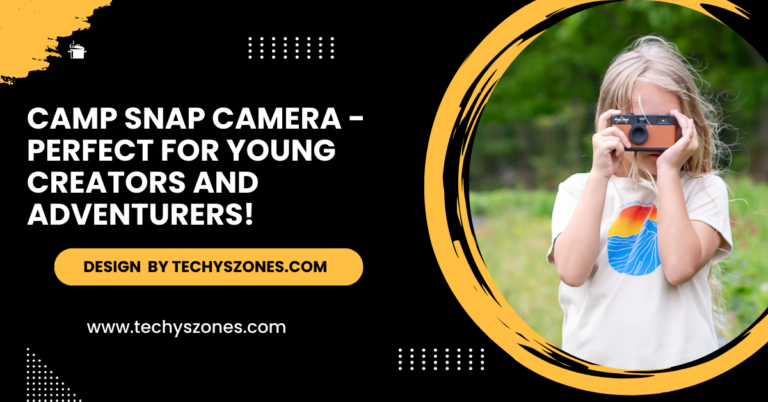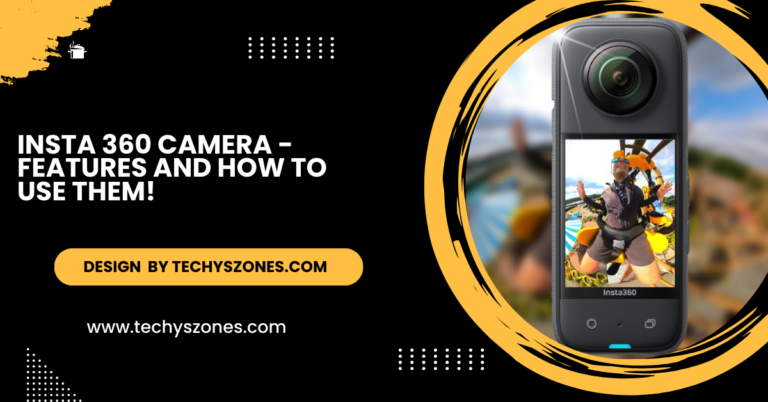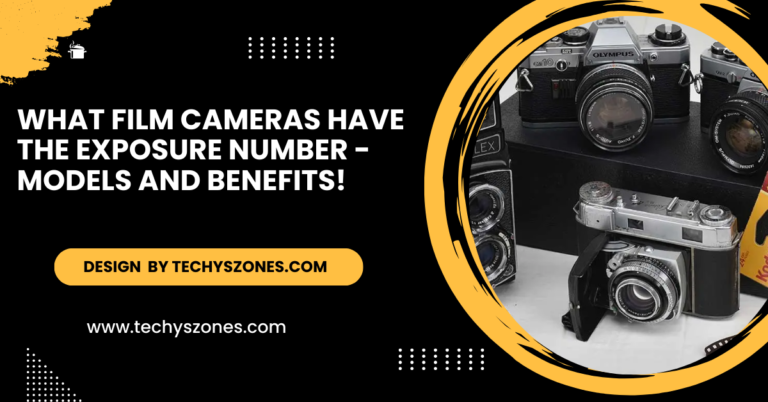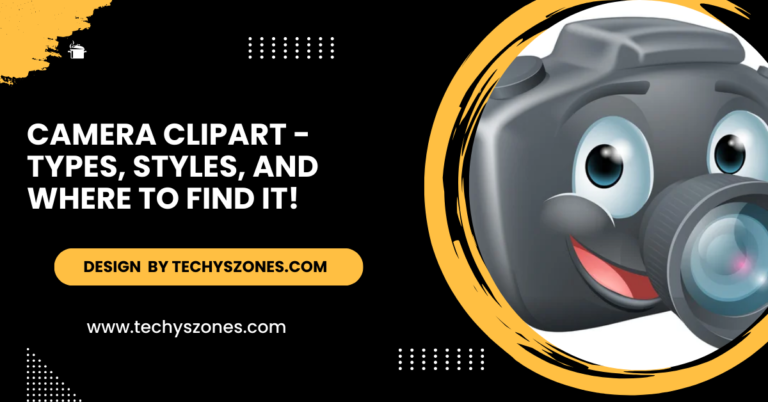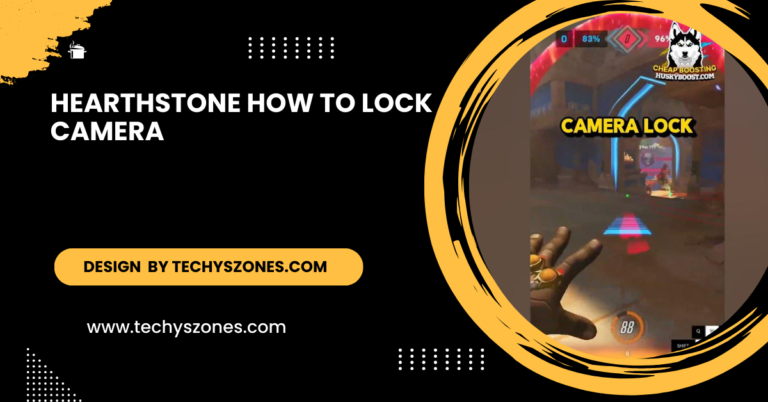Guide To Camera Shots Pdf – Types, Uses, and Tips for Success!
Discover essential camera shots in our comprehensive guide for filmmakers and photographers. Download the free PDF for quick reference and elevate your storytelling today!
In this article, we explore various camera shots essential for effective visual storytelling, including wide shots, close-ups, and tracking shots. We provide detailed descriptions and practical tips for each shot to enhance your filmmaking and photography skills.
What Are Camera Shots?
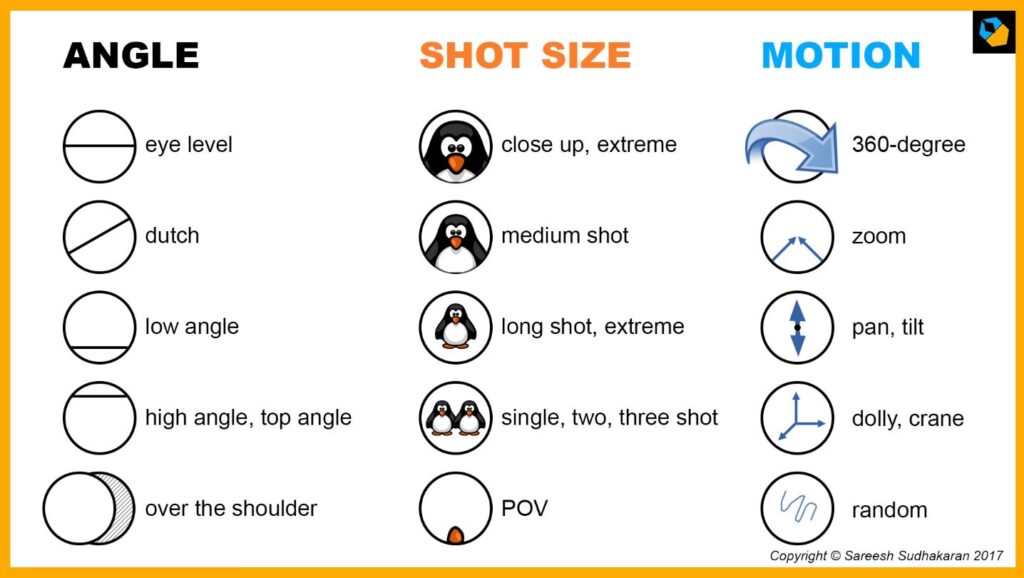
In film and photography, a camera shot refers to the way the camera frames the subject. The angle, distance, and movement all contribute to how the scene is perceived by the audience. Different camera shots evoke different emotions and provide various levels of information about the subject or scene.
For example:
- Wide shots give the viewer an understanding of the environment or location.
- Close-ups highlight specific details, often revealing emotion or focusing on key elements.
Learning to control your camera shots can significantly enhance the effectiveness of your visual storytelling.
Why Camera Shots Matter in Storytelling?
Camera shots are more than just framing the subject. They play a pivotal role in storytelling by:
- Establishing setting: Wide shots help show where the action is taking place, setting the stage for the narrative.
- Creating emotion: Close-ups and extreme close-ups draw the audience into the emotions of a character or moment.
- Directing attention: Medium shots, over-the-shoulder shots, and tracking shots guide the viewer’s focus to specific details or interactions.
The ability to manipulate camera shots means you can control the pacing, focus, and mood of the story.
Types of Camera Shots:
Here’s an expanded breakdown of the essential camera shots that every filmmaker and photographer should know:
Wide Shot (WS) / Long Shot (LS):
A wide shot captures the full subject, along with the environment. It’s often used as an establishing shot, allowing the audience to see the surroundings. This shot can convey the scale of a scene, such as landscapes or large groups of people.
Use case: Wide shots are great for opening scenes or when you want to give the audience an idea of the physical space where the action is happening.
Medium Shot (MS):
The medium shot frames the subject from the waist up. This shot is used to show the subject in more detail while still giving some context of the background. It’s often seen in interviews, dialogue scenes, or action sequences.
Use case: Medium shots strike a balance between subject and environment. It’s perfect for conversation scenes where body language is essential but without losing the background context.
Close-Up (CU):
A close-up focuses tightly on a subject, usually the face, capturing finer details. It’s a highly emotional shot, allowing the audience to see what the subject is feeling up close.
Use case: Close-ups are ideal for showing a character’s emotions or drawing attention to important objects in a scene (like a ticking clock or a significant letter).
Extreme Close-Up (ECU):
Even more detailed than a regular close-up, this shot frames a particular part of the subject in great detail, such as the eyes or hands. It can create tension, intensity, or dramatic emphasis.
Use case: Extreme close-ups are used for moments of tension or when focusing on something critical to the story, such as a character’s teary eyes or a flicking light switch.
Over-the-Shoulder Shot (OTS):
This shot is taken from behind one character, focusing on what they’re looking at, often during a conversation or confrontation. It creates a sense of inclusion, allowing the viewer to feel part of the scene.
Use case: Common in dialogue scenes, the over-the-shoulder shot places the audience within the conversation, often revealing both characters in the frame.
Bird’s Eye View / Aerial Shot:
A bird’s eye view is a shot taken from directly above the scene, looking down on the subject and setting. It provides a unique perspective that can make a location appear small or dramatic.
Use case: Aerial shots are often used for opening scenes, cityscape views, or action sequences where the spatial relationship is important.
Low Angle Shot:
A low-angle shot is captured from below the subject, looking up. This perspective makes the subject appear larger, more powerful, or dominant.
Use case: Low-angle shots are often used to give the subject a sense of authority, power, or threat, often seen in superhero films or villain introductions.
Read More: Euphy security Camera Speak Not Working – Common Causes and Fixes!
Best Practices for Using Camera Shots:
Knowing the types of camera shots is one thing, but using them effectively in your projects is where the magic happens. Here are some best practices to keep in mind:
- Plan your shots: Storyboarding or pre-visualizing your scenes helps ensure that each shot serves a purpose and enhances your narrative.
- Use a variety of shots: A good mix of wide, medium, and close-up shots keeps your audience engaged. Avoid sticking to one type of shot for too long.
- Match shots with emotions: Consider what you want the audience to feel and select the appropriate shot. For example, close-ups for intimacy, wide shots for isolation.
- Practice camera movements: Don’t be afraid to experiment with tracking, tilt, or zoom shots to add dynamism to your story.
- Frame carefully: Pay attention to composition rules like the rule of thirds or leading lines to ensure your shots are visually appealing.
Download the Free PDF Guide to Camera Shots:
For a quick reference while you’re on set or planning your project, download our free Camera Shots PDF guide. This handy resource breaks down all the essential shots and their uses, making it easy to recall the right shot for every scene.
For a quick reference while you’re on set or planning your project, download our free Camera Shots PDF guide. This handy resource breaks down all the essential shots and their uses, making it easy to recall the right shot for every scene. Whether you’re shooting a dramatic film, a lively music video, or an intimate portrait, having this guide at your fingertips will help you make informed decisions about framing and composition.
FAQ’s
1.What is a wide shot?
A wide shot captures the entire subject along with the environment, often used as an establishing shot.
2.How does a close-up shot differ from an extreme close-up?
A close-up focuses on the subject’s face, while an extreme close-up highlights specific details, such as eyes or hands.
3.What is the purpose of an over-the-shoulder shot?
This shot is taken from behind one character, emphasizing their perspective during conversations or interactions.
4.Why are tracking shots important in filmmaking?
Tracking shots follow a moving subject, adding dynamic movement and energy to scenes, particularly in action sequences.
5.Where can I download the Camera Shots PDF guide?
The PDF guide can be downloaded from the article, providing a quick reference for essential camera shots and their uses.
Conclusion
Mastering different camera shots is crucial for effective visual storytelling. By understanding how to frame and shoot your scenes, you’ll be able to create more dynamic, engaging, and professional-looking content. Don’t forget to download our free PDF guide for a detailed, on-the-go reference to the most common camera shots. Happy shooting!

